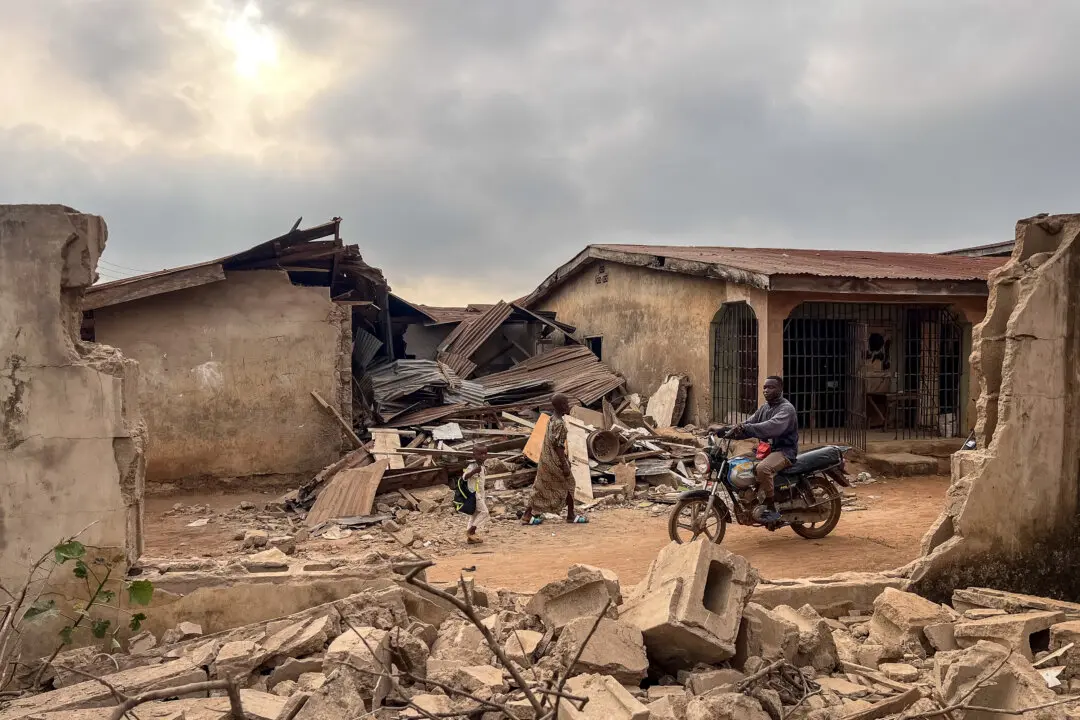Sunday, June 5, 1981
On June 5, 1981, the U.S. Center for Disease Control and Prevention (CDC) issues the first official report on five cases of what became known as the global HIV/AIDS epidemic. The initial cases, originating in Los Angeles, California, prompt additional case reports in New York City, San Francisco, and other U.S. cities. The initial report in the CDC’s Morbidity and Mortality Weekly Report describes a rare form of pneumonia called Pneumocystis carinii in five young Los Angeles men, “all active homosexuals.” The cases are noteworthy because the men had previously been healthy, though their particular pneumonia had only been seen in people with severely depressed immune systems.
Thirty years after deadly disease first emerged, the worldwide epidemic has killed over 30 million people worldwide. It has been particularly devastating to Africa and Asia, with India and South Africa having the largest numbers of people living with HIV/AIDS. The latest United Nations report estimates that 34 million people were living with the disease at the end of 2010, about 68 percent of who are in Sub-Saharan Africa. UNAIDS estimated that an investment of at least $22 billion is need in the next four years to bolster efforts to stop 12 million new HIV infections and 7.4 million AIDS-related deaths by 2020. In related news, in recent months, reports have emerged of a mysterious and highly contagious AIDS-like disease spreading throughout China. Symptoms are debilitating and AIDS-like, but repeated tests for HIV come up negative.




